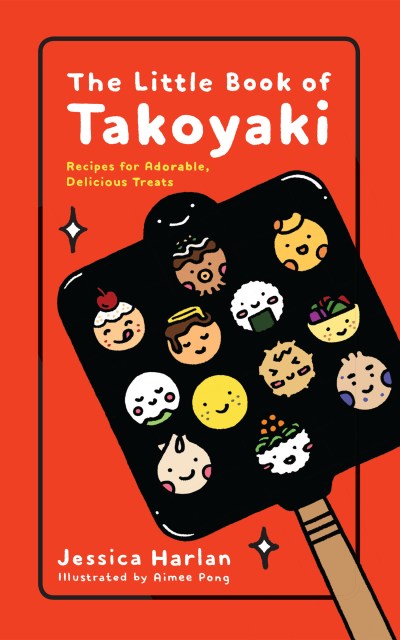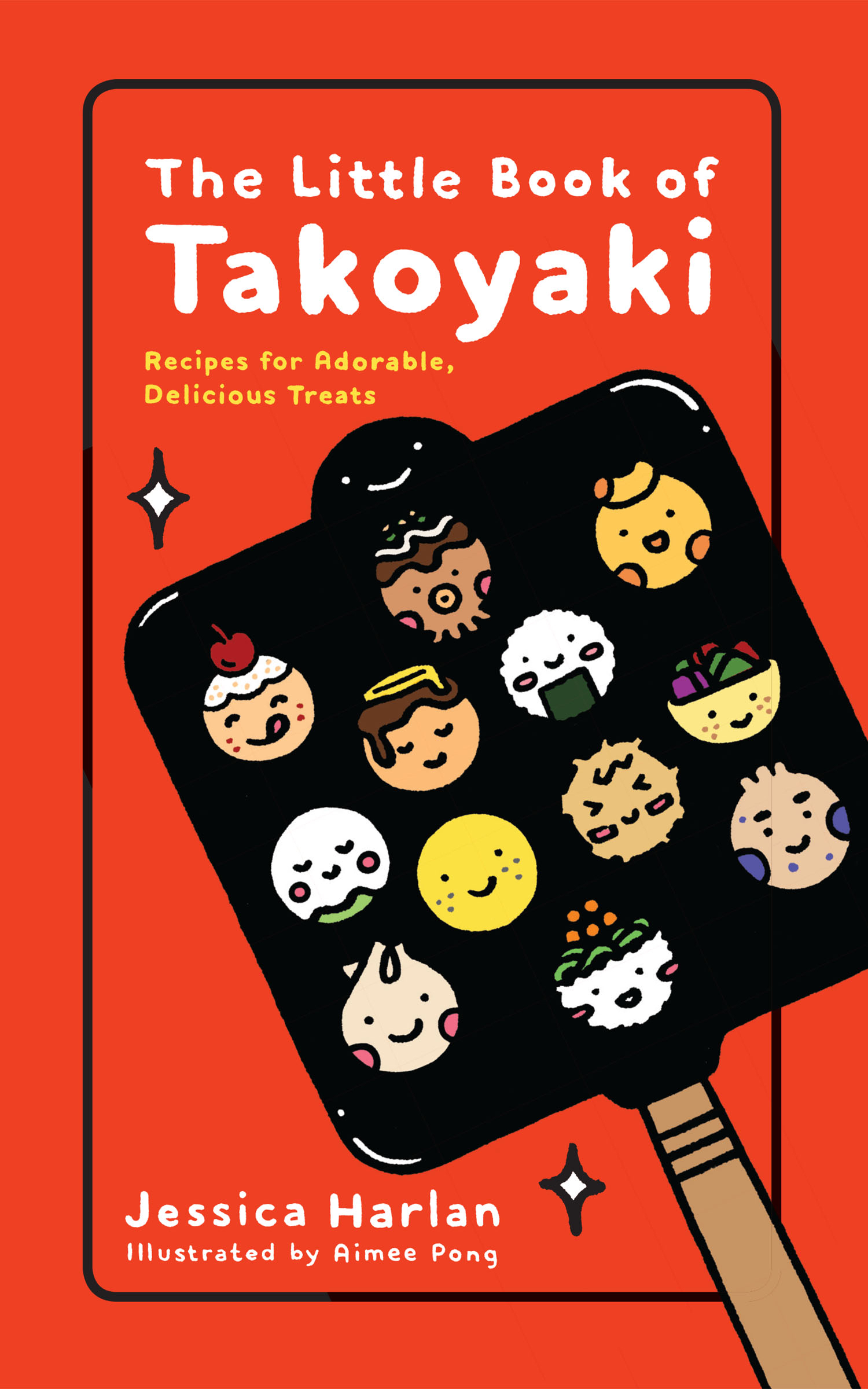Promotion
Sign up for our newsletters to receive 20% off! Shop now. Exclusions apply.
By clicking “Accept,” you agree to the use of cookies and similar technologies on your device as set forth in our Cookie Policy and our Privacy Policy. Please note that certain cookies are essential for this website to function properly and do not require user consent to be deployed.
The Little Book of Takoyaki
Contributors
By Jessica Harlan
Formats and Prices
Price
$18.99Price
$24.99 CADFormat
Format:
- Trade Paperback $18.99 $24.99 CAD
- ebook $9.99 $11.99 CAD
This item is a preorder. Your payment method will be charged immediately, and the product is expected to ship on or around March 5, 2019. This date is subject to change due to shipping delays beyond our control.
Also available from:
This delightful, illustrated cookbook takes you step-by-step through dozens of recipes to make with your takoyaki pan — from the traditional Japanese “octopus ball” street foods to inventive creations inspired by kitchens around the world. Recipes include:
Japanese classics
Japanese classics
- Traditional octopus takoyaki
- Salmon onigiri (rice balls)
- Rice cups with salmon roe and seaweed
- Rangoon dumplings
- Arancini
- Cheesy hash brown bites
- Pigs in a blanket
- Jalapeno cornbread balls
- Matcha cake pops
- Molten brownie bites
- Sweet cream and berry dumplings
- . . . and many more!
Whether you have a stove-top version or electric takoyaki pan, chef Jessica Harlan has you covered. She shows you how to mix up batters, prepare hidden centers, fry up your takoyaki creations and beautifully decorate and garnish them. These fun, delightful dishes are perfect for every occasion — from afterschool snacks to entertaining finger foods.
Genre:
- On Sale
- Mar 5, 2019
- Page Count
- 128 pages
- Publisher
- Little, Brown Lab
- ISBN-13
- 9780316494120
Newsletter Signup
By clicking ‘Sign Up,’ I acknowledge that I have read and agree to Hachette Book Group’s Privacy Policy and Terms of Use


